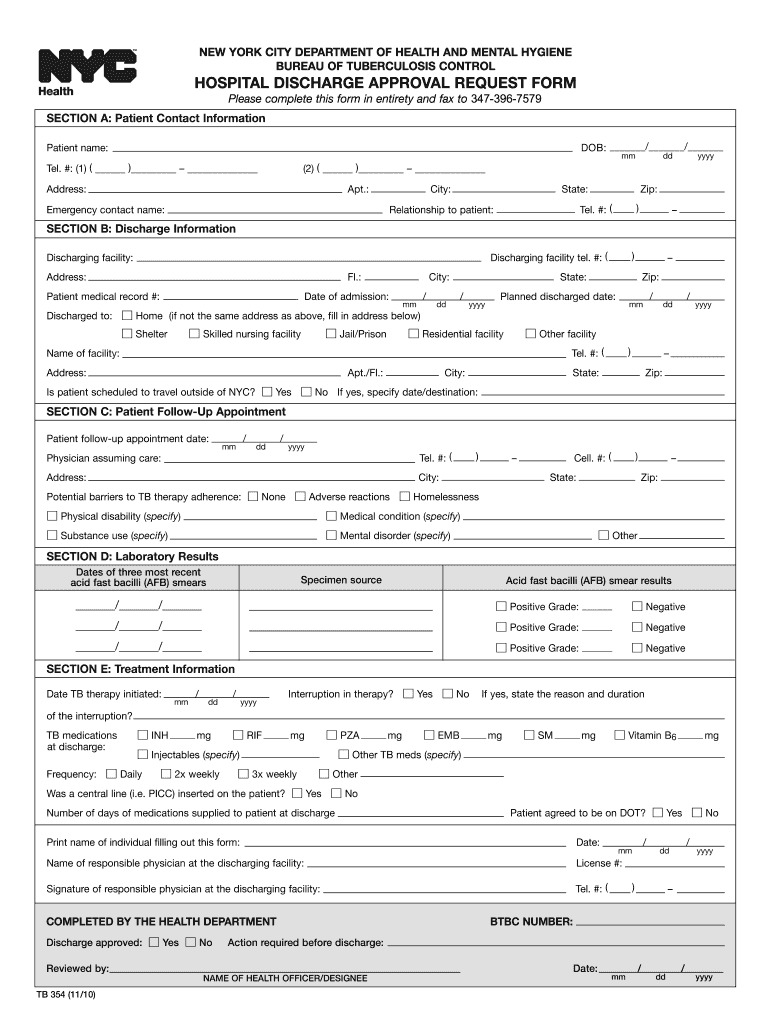DHS Paperwork Mix-Up: County Change Explained

When it comes to handling governmental documentation, errors in paperwork can lead to significant confusion and delays. One common problem that many people face, especially those who frequently move or change residences, is the issue of a DHS (Department of Homeland Security) paperwork mix-up. This article will delve into what happens when there's a mix-up concerning county changes, the implications it can have, and how to navigate through the system to rectify the situation effectively.
Understanding the Importance of Correct County Designation

The correct county designation in DHS paperwork is crucial for several reasons:
- Accuracy in Processing: DHS uses county information for processing applications, work permits, green card applications, and other immigration-related documents. Incorrect county can lead to misrouting of these documents.
- Local Jurisdiction: Counties often have different local laws, offices, and procedures. Misassignment can affect jurisdiction-related services like public benefits, driver's licenses, and community resources.
- Background Checks: A precise location is vital for background checks, which are standard for many DHS procedures.
- Communication: Ensuring that communication from DHS reaches you involves accurate county information.
Common Causes of Mix-ups

Mix-ups in DHS paperwork related to county changes can arise from several scenarios:
- Moving During Processing: If an individual moves to a new county while their application is in process, the existing paperwork might not reflect this change.
- Data Entry Errors: Human error during data entry can result in incorrect county information being recorded.
- Automatic System Updates: Automated systems might not correctly update county information when someone changes their address.
- Inaccurate or Incomplete Forms: If the applicant does not provide the correct or updated address on forms, a mix-up is likely.
The Consequences of a County Mix-Up

A mismatch in county information can lead to several issues:
- Delayed Processing: Incorrect county data can delay the entire immigration process.
- Need for Additional Documentation: The individual might need to provide extra documentation or correct their address, causing further delays.
- Communication Breakdowns: There could be a significant communication gap, with important notices or requests for information going unnoticed.
- Jurisdiction Conflicts: Services or benefits might be misallocated due to jurisdictional confusion.
Steps to Correct a County Change Mix-up

Here are the steps you should take if you encounter a DHS paperwork mix-up due to a county change:
1. Identify the Error

First, understand how and where the error occurred:
- Check all correspondence from DHS to see where the incorrect county is listed.
- Review your application forms for any outdated address information.
2. Contact DHS

Reach out to DHS:
- Call the DHS office responsible for your case.
- If you have a USCIS account, update your address online.
3. Submit Correction Forms

Fill out necessary forms to correct the county:
- Form AR-11 for Change of Address.
- File Form G-28 if represented by an attorney or accredited representative.
4. Provide Documentation

If required, provide evidence of your address change:
- Utility bills or lease agreements with your new address.
- A notarized affidavit stating your current address.
5. Follow Up

Stay proactive:
- Follow up with DHS to confirm the change has been processed.
- Keep records of all communications and documentation for future reference.
📋 Note: Always keep copies of your change of address forms and supporting documentation, as these are essential if further issues arise.
Using External Services for Assistance

While dealing with DHS directly is often the best route, some might find external services helpful:
- Lawyers: Immigration attorneys can guide you through the correction process and act on your behalf.
- Accredited Representatives: Non-profits or community organizations can offer assistance.
- Translation Services: If you are not fluent in English, translators can help communicate your needs to DHS.
Preventive Measures

To avoid future mix-ups:
- Always double-check addresses on forms before submission.
- Update your address with DHS promptly when you move.
- Set up alerts for changes in your USCIS account status.
- Maintain good communication with DHS, informing them of any changes to your contact information.
📅 Note: Ensure to update your address with DHS within ten days of moving to avoid issues.
FAQ Section

What should I do if my address change request is denied by DHS?

+If your change of address request is denied, first verify all the documentation provided. If everything seems correct, reach out to DHS or consult an immigration attorney to understand why the request was denied and how to resolve the issue.
Can a county mix-up affect my eligibility for public benefits?

+Yes, incorrect county information can impact your eligibility for county-specific benefits, especially if jurisdiction laws vary. Ensuring accurate county data helps in the efficient allocation of resources.
How long does it take to correct a county mix-up with DHS?

+The time it takes can vary. Simple address updates might be processed within a few weeks, but if your case is more complex or involves extensive documentation, it could take longer. Keep track of your case and follow up if there are significant delays.
Can I update my address online with DHS?

+Yes, you can update your address online through your USCIS account if you have one. Otherwise, you can submit Form AR-11 to notify DHS of your address change.
In this article, we’ve explored the various dimensions of DHS paperwork mix-ups concerning county changes. From understanding why accurate county information matters to navigating the steps for correcting these errors, this guide has equipped you with the knowledge to manage such situations effectively. By being proactive, keeping meticulous records, and seeking help when necessary, you can ensure that your immigration journey is as smooth as possible. Remember, with a bit of patience and attention to detail, you can overcome these bureaucratic hurdles, safeguarding your rights and access to public resources.



